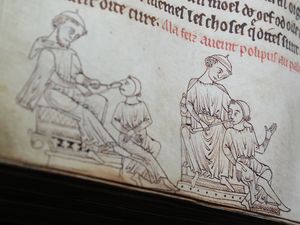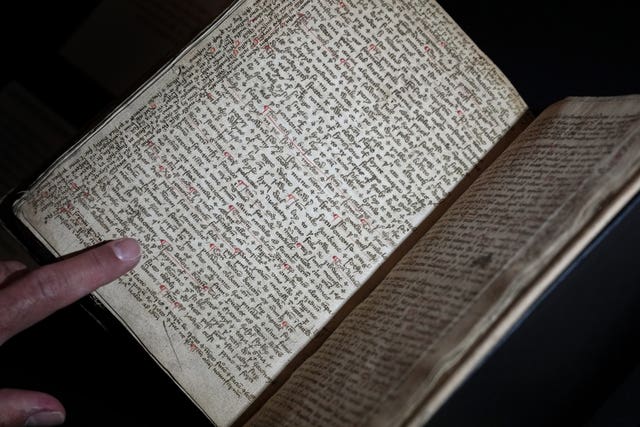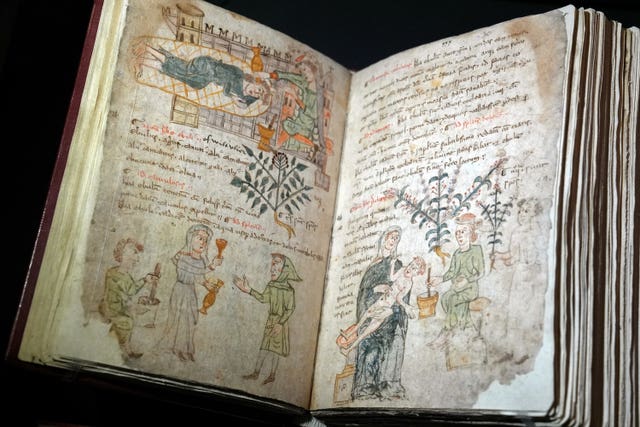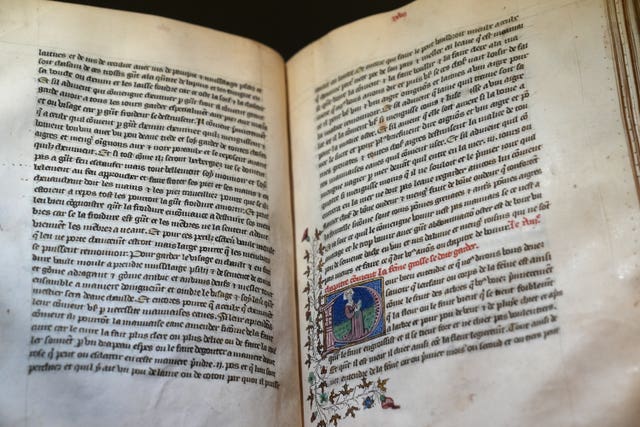Weasel testicles infertility cure features in exhibition on medieval medicine
Manuscripts drawn from the collections of the university library and Cambridge’s historic colleges will go on display.

Medieval manuscripts detailing unusual treatments – including an infertility cure made from weasels’ testicles – will feature in a new exhibition at Cambridge University Library.
Curious Cures: Medicine In The Medieval World looks at how medical practitioners of the time sought to understand and treat illness with often strange methods.
Dr James Freeman, the exhibition’s curator, said: “The remedies in these manuscripts take you to the medieval bedside and reveal the strange and surprising things that physicians and healers tried to make their patients well again.
“We’ve translated many of the recipes on display.”

A 15th Century manuscript compiled by a Carmelite friar, and translated from Latin, included a suggested infertility cure to help a woman to conceive.
It said: “Take three or four weasel testicles and half a handful of young mouse-ear [a plant] and burn it all equally in an earthenware pot.

“Afterwards, grind and combine with the juice of the aforementioned herb, and thus make soft pills in the manner of a hazelnut kernel, and place them so deeply in the private parts that they touch the uterus, and leave there for three days, during which she should abstain entirely from sex.
“After these three days however, she should have intercourse with a man and she should conceive without delay.”
Dr Freeman said medieval medicine “wasn’t simply superstition or blind trial-and-error”.

He said: “It was guided by elaborate and sophisticated ideas about the body and the influence upon it of the wider world and even the cosmos.
“The wide variety of manuscripts in Curious Cures also shows us that medicine wasn’t practised just by university-educated physicians, but by monks and friars, by surgeons and their apprentices, by apothecaries and herbalists, by midwives, and by women and men in their own homes.”
Manuscripts drawn from the collections of the university library and Cambridge’s historic colleges will go on display.

There will also be rotating astronomical instruments, surgical diagrams and some of the earliest anatomical images in western Europe.
A particularly striking manuscript contains illustrations of “Vein Man” and “Zodiac Man”, illuminating how medicine and astrology were entwined in medieval times.
One of the most beautiful manuscripts on display belonged to Elizabeth of York, Queen of England, wife of Henry VII and mother of Henry VIII.

This richly illuminated book contains a copy of the Regime Du Corps, a guide to healthy living originally composed two hundred years earlier for a French noblewoman by her personal physician.
It was written in French, the language of royalty and aristocracy and spread quickly across western Europe.
“Such a detailed health regime was out of reach for all but the most wealthy,” said Dr Freeman.

“However, the medical recipes that were added later at the back of the book use the same spices and common herbs that are found time and time again in more common recipe books.
“There is even a recipe for a laxative powder, which makes you wonder about Elizabeth and Henry’s diet!”
The free exhibition will open to the public on Saturday March 29 and will run until December 6, with pre-booking essential.





